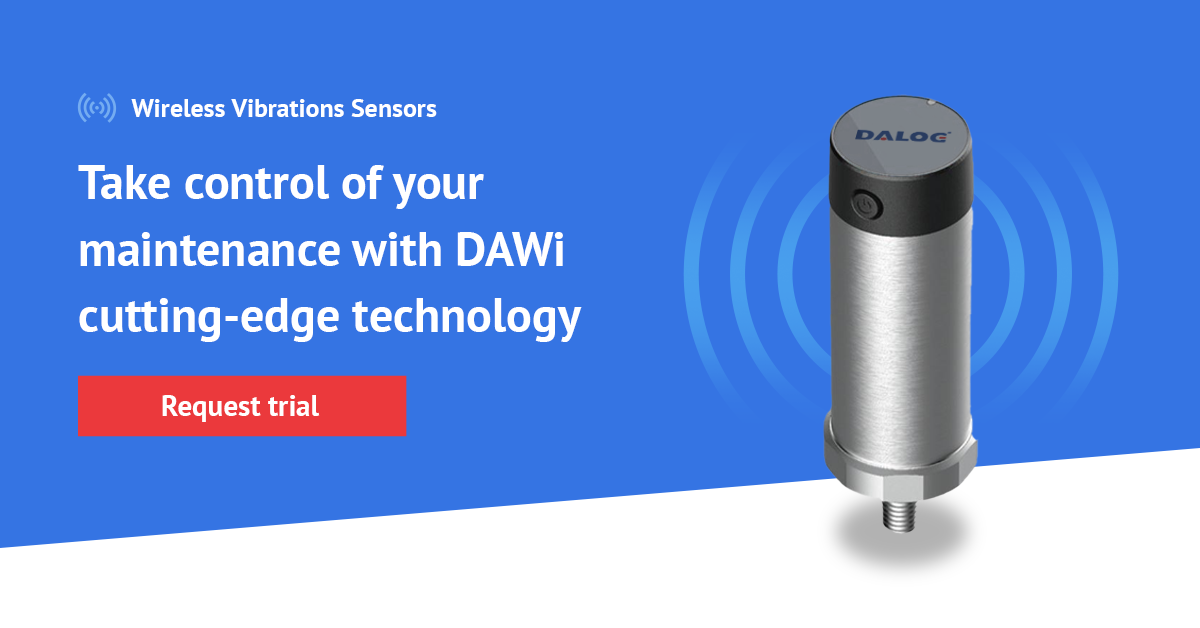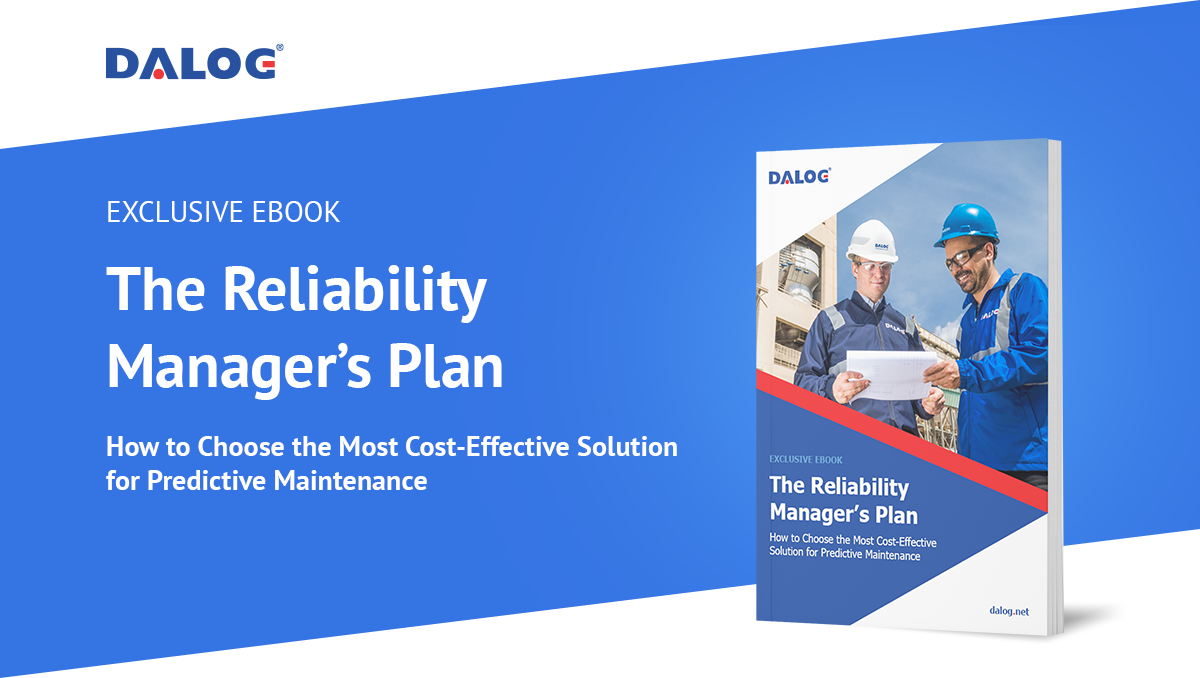Overcoming Common Challenges in Implementing Predictive Maintenance Programs
Predictive maintenance (PdM) is a proactive approach that leverages technology to predict when equipment is likely to fail, allowing for preventative action.
- What is Predictive Maintenance
- Benefits of Predictive Maintenance
- Challenges in Implementing Predictive Maintenance Programs
What Is Predictive Maintenance
Predictive maintenance is a proactive approach that leverages technology and data to predict when equipment is likely to fail, allowing for preventative action.
It involves monitoring equipment performance data, using advanced analytics to detect patterns and anomalies, and predicting when equipment is likely to fail. This information is then used to plan maintenance activities, reduce downtime, and improve equipment life.
Benefits of Predictive Maintenance
The implementation of a predictive maintenance program can bring numerous benefits to organizations, including:
Reduced Downtime: By detecting equipment failures before they occur, predictive maintenance allows organizations to schedule maintenance activities in advance, reducing downtime and improving overall efficiency.Increased Equipment Lifespan: Predictive maintenance can extend equipment life by identifying potential problems before they become serious issues, allowing for preventative maintenance.
Improved Equipment Performance: Predictive maintenance helps to optimize equipment performance by identifying potential performance issues and addressing them before they become more serious.
Lower Maintenance Costs: Predictive maintenance can significantly reduce maintenance costs for organizations by reducing downtime and improving equipment life.
Increased Safety: Predictive maintenance helps to identify potential safety issues with the equipment before they become a hazard, improving overall safety for personnel and equipment.
Better Data Analysis: Predictive maintenance generates large amounts of data that can be analyzed to provide insights into equipment performance and identify trends.
Improved Resource Allocation: Predictive maintenance helps organizations to optimize resource allocation by providing data on equipment performance and maintenance needs.
Increased Equipment Reliability: By predicting equipment failures before they occur, predictive maintenance helps organizations increase the reliability of their equipment and improve overall equipment performance.
Challenges in Implementing Predictive Maintenance Programs
Implementing predictive maintenance programs can bring significant benefits to organizations, such as reduced downtime, increased equipment lifespan, and improved performance.
However, implementing predictive maintenance programs can be challenging despite their potential benefits.
Learn about some of the most common challenges organizations face when implementing predictive maintenance programs, including limited budgets, lack of expertise, difficulty collecting and analyzing data, resistance to change, and data security concerns.
1. Limited Budget
Budget is one of the most common challenges in implementing predictive maintenance programs. Predictive maintenance programs require significant investments in technology, hardware, and software, as well as personnel and training. This can significantly burden organizations, especially those with limited budgets.
Problems:
- High initial costs: Predictive maintenance programs require significant initial investments in technology, hardware, software, personnel, and training, which can be a considerable burden for organizations with limited budgets.
- Limited access to funds: Organizations with limited budgets may need help to secure the necessary funding to implement predictive maintenance programs, hindering their ability to reap the benefits of these programs.
Solutions:
- Partner with a cost-effective predictive maintenance provider. Learn more about DALOG.
- Utilize existing equipment, such as sensors, where possible.
- Train existing personnel to use the predictive maintenance system.
- Prioritize the essential technologies and services needed to implement predictive maintenance programs and reduce costs by focusing on the most important aspects of predictive maintenance.
- Take advantage of cost-effective solutions, such as cloud-based predictive maintenance platforms, to reduce the costs associated with implementing predictive maintenance programs.
2. Lack of Expertise
Lack of expertise is another challenge in implementing predictive maintenance programs. Predictive maintenance programs require specialized skills and knowledge in data analysis, predictive modeling, and equipment maintenance. Organizations that lack the necessary expertise may struggle to implement and maintain these programs effectively.
Problems:
- Limited In-House Expertise: Organizations may need more in-house expertise to implement and maintain predictive maintenance programs, making it difficult to realize these programs' benefits fully.
- Difficulty Finding Qualified Personnel: Finding personnel with the necessary skills and expertise to implement and maintain predictive maintenance programs can be challenging, especially for organizations in less populated areas or those with limited resources.
Solutions:
- Partner with experts in predictive maintenance, such as service providers or consulting firms, to gain access to the expertise and resources needed to implement and maintain these programs. Learn more about DALOG.
- Invest in employee training to build the skills and knowledge needed to implement and maintain predictive maintenance programs. Learn more about our condition monitoring training.
- Hire qualified personnel with predictive maintenance expertise.
At DALOG, we help our clients with condition monitoring training. We offer training programs that include:
- Condition Monitoring: Hands-on failure detection with case studies
- DALOG Training for Cement Professionals
- Sensor Installation and Usage of DAVIMO mobile
3. Difficulty in Collecting and Analyzing Data
Collecting and analyzing data is a crucial aspect of predictive maintenance programs but can also be challenging. Predictive maintenance programs rely on large amounts of data from various sources, including equipment performance data, maintenance history, and predictive models. The difficulty in collecting and analyzing this data can impact the effectiveness of predictive maintenance programs.
Problems:
- An overwhelming amount of data generated by predictive maintenance and analyzing large amounts of data can be a significant challenge, especially for organizations with limited expertise or resources.
- Difficulty storing, managing, and analyzing data.
- Inadequate data collection can result in missing or incomplete data, negatively impacting the accuracy and effectiveness of predictive maintenance programs.
Solutions:
- Implement a cloud-based data management system.
- Work with a predictive maintenance provider to develop an effective data management solution.
- Train personnel on how to effectively manage and analyze predictive maintenance data.
4. Resistance to Change
One of the organization's most significant challenges when implementing predictive maintenance programs is resistance to change from employees and other stakeholders. This can stem from a lack of understanding of the benefits of predictive maintenance, a distrust of new technology, or general discomfort with change.
Problems:
- Employees and stakeholders may only accept change if they know predictive maintenance's benefits.
- Difficulty integrating predictive maintenance into existing maintenance processes and systems.
- Employees and stakeholders may be uncomfortable with new technology or may have a distrust of it.
- People may resist change for its own sake and need time to adjust to new processes and procedures.
Solutions:
- Involve personnel in the development and implementation of the predictive maintenance program.
- Educate employees and stakeholders on the benefits of predictive maintenance and provide training on new technology and processes to reduce discomfort.
- Communicate the goals and benefits of predictive maintenance programs clearly to all stakeholders to reduce resistance to change.
- Implement predictive maintenance programs gradually to help employees and stakeholders adjust to change.
5. Data Security
Data security is a significant challenge in implementing predictive maintenance programs. Predictive maintenance programs generate and store large amounts of sensitive equipment data, including information on equipment performance, maintenance history, and predictive maintenance models. This data is critical to the success of predictive maintenance programs, but it is also vulnerable to cyber threats, such as hacking, data theft, and data breaches.
Problems:
- Risk of Data Theft: Unauthorized individuals can gain access to sensitive equipment data and use it for their own purposes, resulting in severe consequences such as damage to a company's reputation, financial losses, and legal implications.
- Risk of Data Breaches: Sensitive equipment data can be accidentally or intentionally exposed to unauthorized individuals through hacking, human error, or software vulnerabilities.
Solutions:
- Implement Security Measures: Organizations must take proactive steps to protect their sensitive equipment data, including implementing security measures such as data encryption, access controls, and firewalls.
- Regularly Monitor and Assess Security Systems: Organizations must periodically monitor and assess their security systems to identify and address potential vulnerabilities, ensuring the protection of sensitive data.
6. Integration with Existing Systems
Another challenge in implementing predictive maintenance programs is integrating them with existing systems, processes, and procedures. This can be difficult because predictive maintenance programs often involve collecting and analyzing large amounts of data, which may need to be integrated with existing data management systems.
Problems:
- Predictive maintenance programs may use different data management systems than existing systems, making integration difficult.
- Existing systems may be unable to handle the large amounts of data generated by predictive maintenance programs.
- Existing data infrastructure may need help to support the data needs of predictive maintenance programs.
Solutions:
- Plan for integration by choosing compatible data management systems and data infrastructure.
- When implementing predictive maintenance programs, plan for increased data management capacity and data infrastructure needs.
- Upgrade existing systems, data management processes, and infrastructure to ensure compatibility with predictive maintenance programs.
7. Scalability
As predictive maintenance programs grow, organizations may face the challenge of scalability. This involves the ability of predictive maintenance programs to handle an increasing amount of data and an increasing number of devices, machines, and equipment.
Problems:
- Increased Data Volumes: Predictive maintenance programs generate large amounts of data, which can lead to increased storage and processing needs.
- Complexity: Predictive maintenance programs may become more complex as they grow, making managing and maintaining them difficult.
- Resource Constraints: Organizations may face resource constraints, such as budget and personnel when scaling predictive maintenance programs.
Solutions:
- Scalable Infrastructure: Organizations can invest in scalable data management and processing infrastructure to support the growth of predictive maintenance programs.
- Efficient Data Management: Organizations can implement efficient data management practices, such as data compression and data reduction, to reduce storage and processing needs.
- Resource Planning: When scaling predictive maintenance programs, organizations can plan for increased resource needs, such as budget and personnel.
In conclusion, predictive maintenance is a crucial aspect of proactive maintenance, providing organizations with significant benefits such as reduced downtime, increased equipment lifespan, improved performance, and lower maintenance costs. However, implementing predictive maintenance programs can be challenging, particularly for organizations facing limited budgets, lack of expertise, difficulties in collecting and analyzing data, resistance to change, and data security concerns.
To overcome these challenges, organizations can invest in solutions like DAWi, a wireless vibration sensor that can provide real-time data, accurate analysis, and improved equipment reliability.
Additionally, we've created a comprehensive eBook, The Reliability Manager's Plan: How to Choose the Most Cost-Effective Solution for Predictive Maintenance, which covers everything you need to know about predictive maintenance. From understanding the basics to implementing a predictive maintenance strategy, this eBook is an essential resource for anyone looking to take their maintenance program to the next level.
Download your free copy today and start putting the power of predictive maintenance to work for you.








